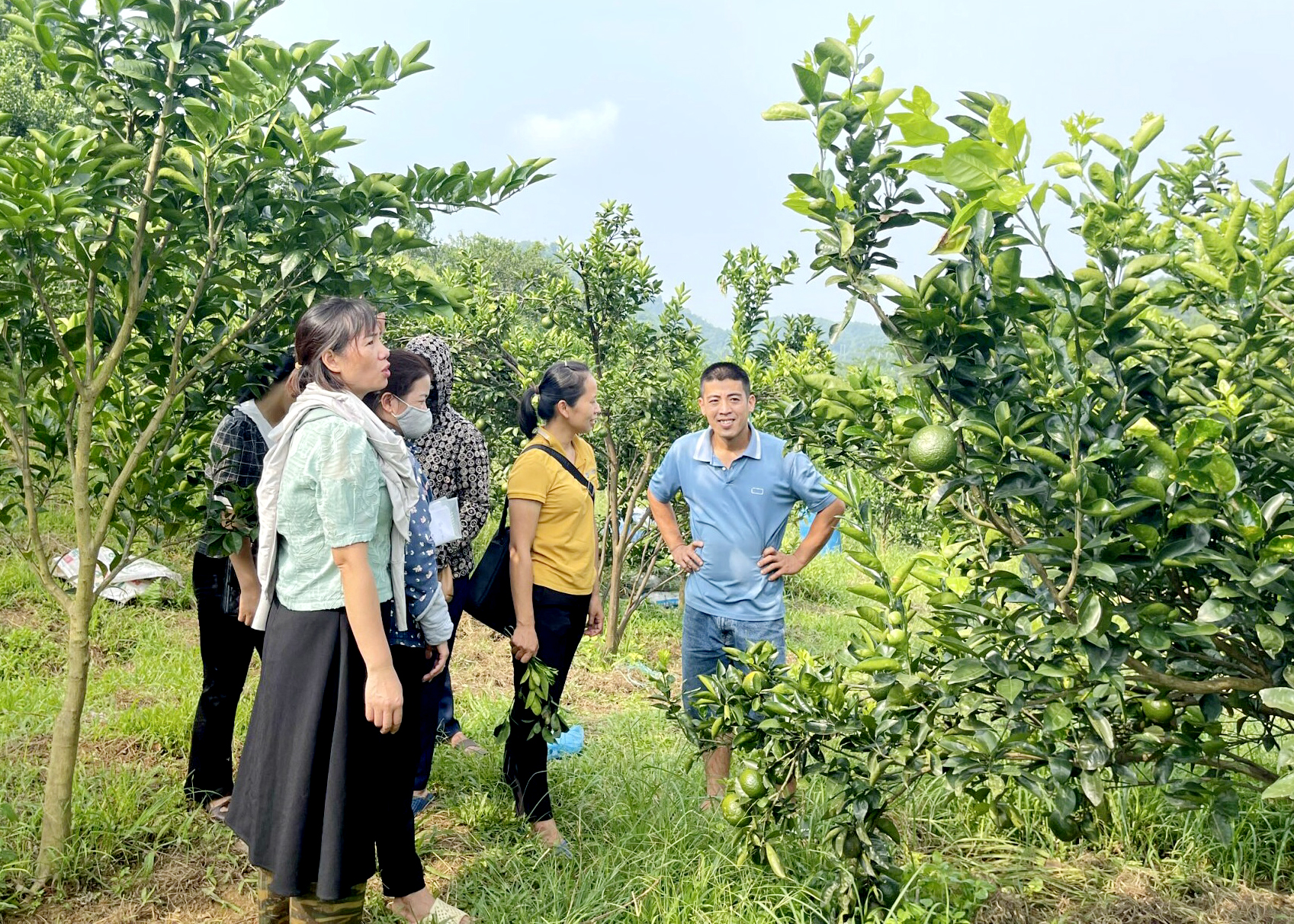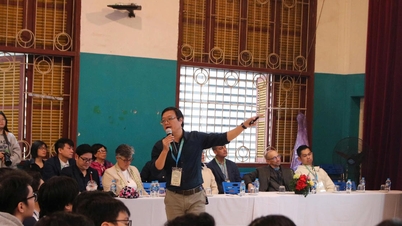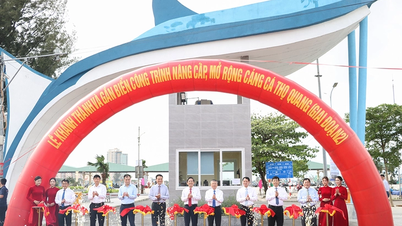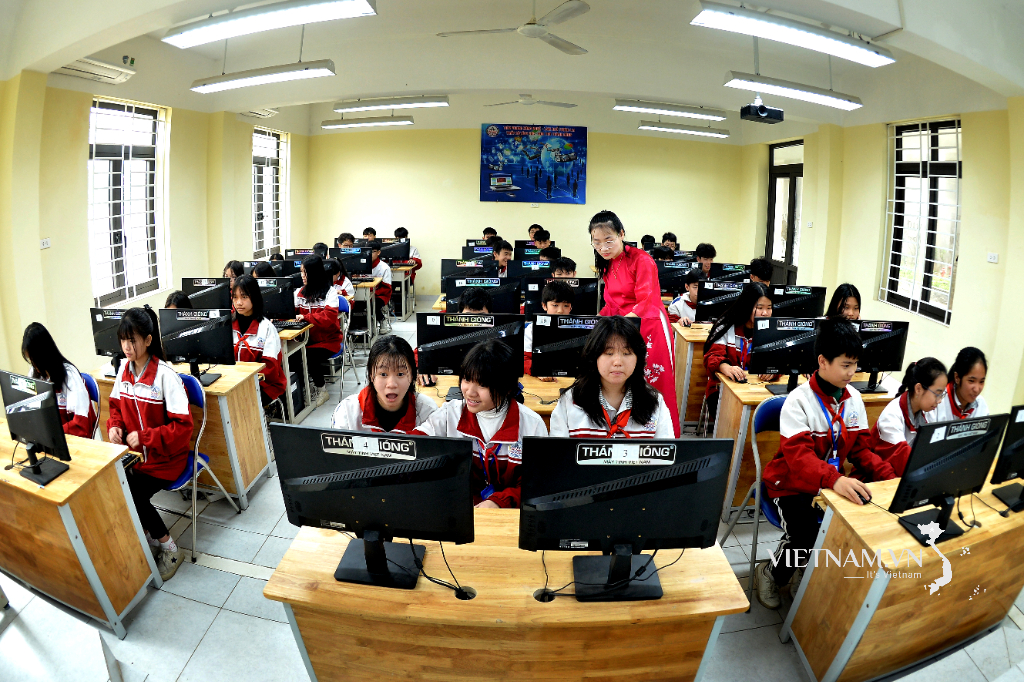11:21, October 18, 2023
BHG - On January 7, 2021, the People's Committee of Ha Giang province issued Plan 04/KH-UBND on the implementation of the Integrated Pest Management (IPM) program on key crops with high economic value and export potential in Ha Giang province for the period 2021-2025. After two years, the IPM program has shown initial results and continues to be actively implemented.
The Integrated Pest Management (IPM) program is a pest management system that uses technical means and appropriate measures to limit the damage caused by pests and diseases, helping crops achieve high yields and good agricultural product quality. The IPM program has been implemented extensively and effectively in the province since 2015, based on Decision No. 2027 of the Ministry of Agriculture and Rural Development approving the Project to promote the application of IPM in crops during the 2015-2020 period. Through the implementation of IPM models, clear effectiveness has been demonstrated. Farmers participate directly, learning and practicing right in the fields, making it easy to apply the knowledge. This has enabled them to learn how to manage crop pests, limit the potential damage caused by diseases, and care for crops to achieve high yields and ensure quality, minimizing the use of chemical pesticides. According to assessments, IPM models in rice, tea, and orange cultivation during the 2015-2020 period contributed to helping farmers reduce seed usage by 15-30%, reduce chemical pesticide use by 25-35%, reduce inorganic fertilizer use by 15-25%, reduce irrigation water use by 25-30%, increase biological pesticide use by 5-10%, increase yields by 15-22.5%, and increase organic fertilizer use by 25-35%.
 |
| Training of instructors on the practical application of Integrated Pest Management (TOTIPM) in citrus cultivation in Bac Quang. |
Based on the results and lessons learned from the implementation of the IPM program in the 2015-2020 period, the Provincial People's Committee's Plan No. 04 sets the following goals for the 2021-2025 period: the province will train more qualified instructors to guide farmers in applying IPM to rice, oranges, and tea crops; and over 500 farming households and cooperatives will understand and apply IPM. Over 50% of the new rural communes producing key crops with high economic value and export potential in the province will have a core group of farmers who understand, have the skills, and effectively apply IPM. Over 50% of farming households in key agricultural production areas will understand and apply IPM. Over 30% of the area of key crops with high economic value and export potential will apply IPM. For staple food crops (rice, corn) and long-term industrial crops, and fruit trees (in key areas), 30% of the area fully applies IPM; over 50% of farming households understand and apply IPM; reducing the amount of chemical pesticides, nitrogen fertilizers, seeds, irrigation water, and increasing productivity by 10-15% respectively.
Implementing Plan No. 04, the Department of Agriculture and Rural Development coordinated with the People's Committees of districts and cities to direct specialized agencies to advise on and organize the effective implementation of disease prevention work. A Steering Committee for disease prevention and control was established from the provincial to the commune level; 62 training courses were organized with 2,265 participants (people and commune/town officials) learning about production processes and the identification and control of some major plant diseases, as well as the investigation, detection, prediction, and forecasting of plant pests; 3 models for transferring and applying scientific and technological advancements in pest control were developed for farmers on fall armyworm-resistant corn, 1 model using Van Xanh organic fertilizer, and 2 rice-fish farming models. One training course on IPM (Integrated Pest Management) for rice cultivation was opened for districts and cities, with participants including rural extension workers and farmers from Phuong Thien commune (Ha Giang city). In coordination with Ha Giang Television and Ha Giang Newspaper, a special section was created to promote the IPM program. Training courses on the proper use of pesticides were integrated into the program, with 2,265 participants.
According to Giang Duc Hiep, Head of the Department of Crop Production and Plant Protection: The biggest achievement in implementing the IPM program over the past years is that there have been no widespread outbreaks of disease in the province, and crop yields have remained stable according to the province's targets, such as: tea plantations are estimated at over 20,000 hectares, with an average annual fresh tea leaf yield of over 88,000 tons; orange plantations are estimated at 5,348 hectares, with an average yield of 65,000 tons; rice plantations are estimated at over 37,000 hectares, with an average yield of 218,000 tons; and corn plantations are estimated at 55,000 hectares, with an average yield of 195,000 tons.
The implementation of Integrated Pest Management (IPM) in crops has gradually achieved the program's objectives: promoting healthy crop growth and development through technical measures such as fertilization, care, and weed control. This increases crop yields, regulates the balance of the field ecosystem, and protects beneficial natural enemies to control and eliminate pests. Simultaneously, the program aims to train farmers to become experts in the field by transferring advanced techniques through hands-on training, enabling them to choose management methods suitable to their specific field conditions. This forms the basis for enhancing the status and establishing the brand of clean agricultural products, contributing to increased income for farmers and creating a foundation for the formation of commodity-oriented agricultural production areas in the province.
Text and photos: Duy Tuan
Source



![[Photo] Enchanting ancient rose garden on the mountainside in Nghe An](/_next/image?url=https%3A%2F%2Fvphoto.vietnam.vn%2Fthumb%2F1200x675%2Fvietnam%2Fresource%2FIMAGE%2F2025%2F12%2F19%2F1766109900916_vuon-hong-chin-do-thu-hut-du-khach-toi-check-in-o-ha-noi-3-20162778-1671624890024-1671624890104198100259.jpeg&w=3840&q=75)



![[Photo] General Secretary To Lam visits the exhibition space showcasing books, photo exhibitions, and achievements of digital transformation in journalism.](/_next/image?url=https%3A%2F%2Fvphoto.vietnam.vn%2Fthumb%2F1200x675%2Fvietnam%2Fresource%2FIMAGE%2F2025%2F12%2F19%2F1766110879215_1766110240024-jpg.webp&w=3840&q=75)













































![[INFOGRAPHIC] Overview of the Hoa Phat Dung Quat Rail and Special Steel Production Plant Project](https://vphoto.vietnam.vn/thumb/402x226/vietnam/resource/IMAGE/2025/12/19/1766111183203_z7339170069817-126a3e5a095f62e606a0be41015c1b80.jpeg)



















































Comment (0)